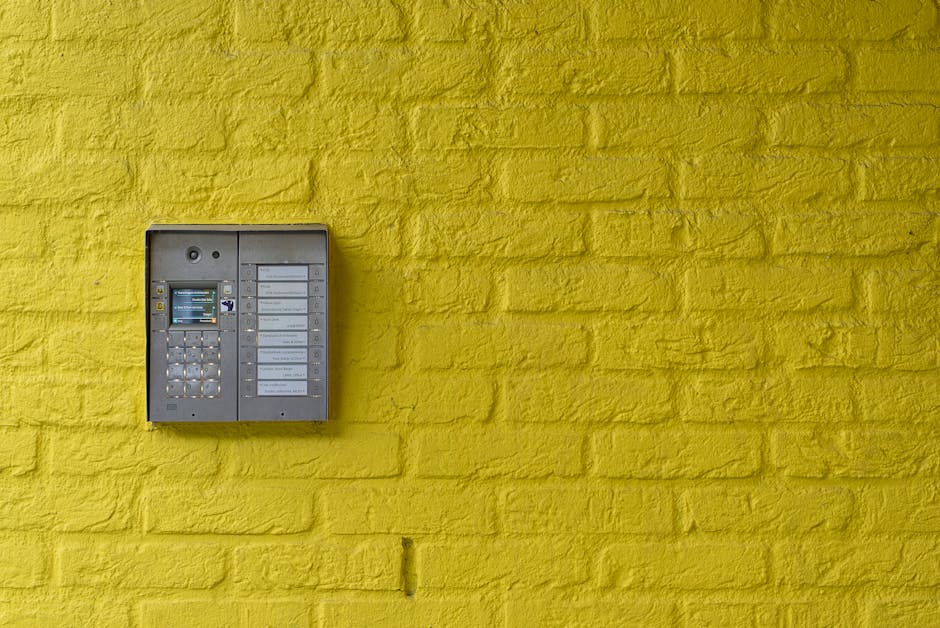
Understanding Grid Systems for Responsive Web Design
In modern web development, creating responsive layouts is essential for providing a seamless user experience across various devices. One of the core techniques used to achieve this is through grid systems. These systems allow developers to organize content efficiently, ensuring that websites look great on desktops, tablets, and smartphones.
A responsive web design often relies heavily on grid systems, which enable flexible placement of elements on a page. By defining rows and columns, designers can control the layout's structure and adapt content dynamically as screen sizes change.
There are popular frameworks like Bootstrap and CSS Grid that simplify the implementation of grid systems. For instance, CSS Grid provides a powerful way to create two-dimensional grid layouts with minimal code, offering precise control over item placement.
Understanding how flexible grid layouts work can significantly improve your design process. It allows for creating complex designs that maintain consistency and usability across devices. Consider exploring tutorials and best practices to master grid systems for your next project.
In summary, mastering grid systems is a fundamental skill for any web developer aiming to build responsive, structured, and aesthetically pleasing websites.
